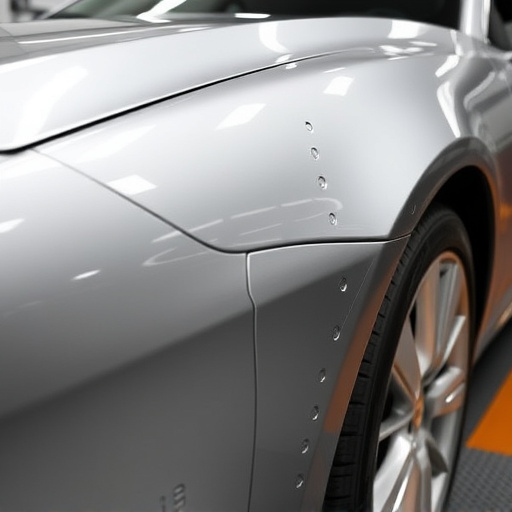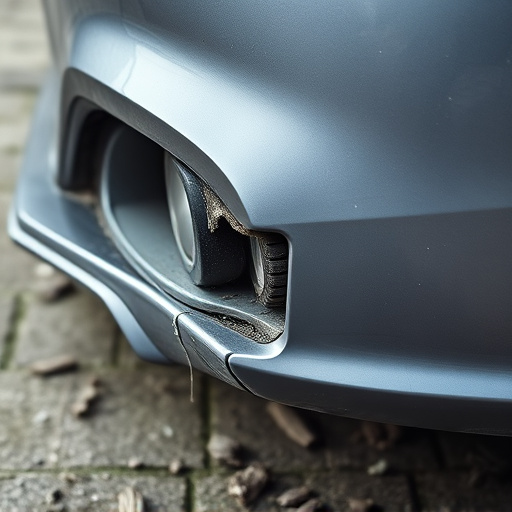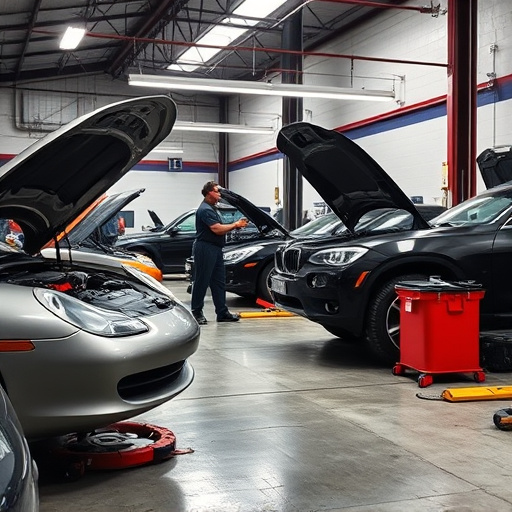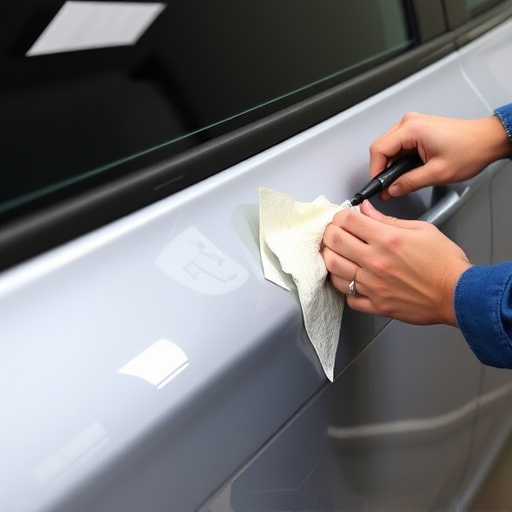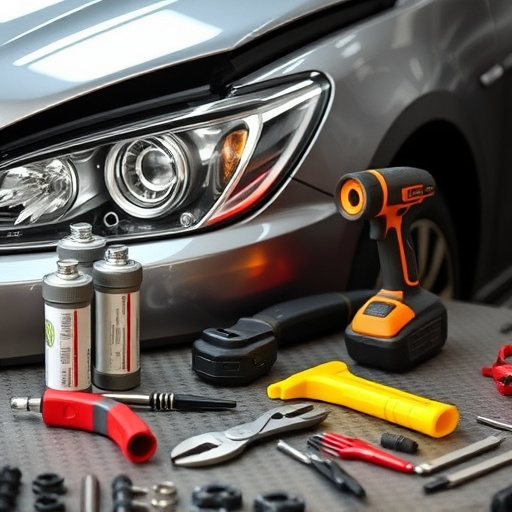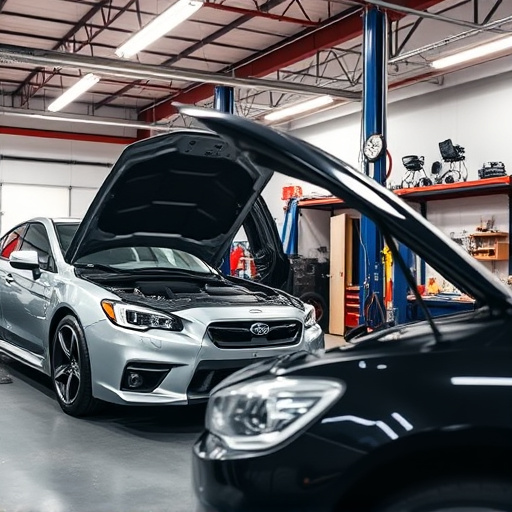The Tesla body computer reset is a DIY method for owners to troubleshoot software issues in their vehicles, such as sensor problems or navigation malfunctions. By identifying and correcting root causes, it saves time and money compared to traditional maintenance or repairs. Glovebox and trunk malfunctions may stem from disruptions in the car's system, including previous accidents or improper repair work. Systematic troubleshooting involves checking connections, verifying power supply, and considering common causes like faulty switches or sensors. Timely intervention is crucial for prevention.
Experiencing malfunction with your Tesla’s glovebox or trunk? Before you reach for your owner’s manual, understand that resetting your Tesla body computer could be the solution. This comprehensive guide breaks down the process of a Tesla body computer reset, pinpoints common causes of glovebox and trunk issues, and offers troubleshooting tips to resolve them. By following these steps, you’ll be back on the road in no time, ensuring your electric vehicle operates smoothly.
- Understanding Tesla Body Computer Reset Process
- Identifying Glovebox and Trunk Malfunction Causes
- Troubleshooting and Resolving Common Issues
Understanding Tesla Body Computer Reset Process
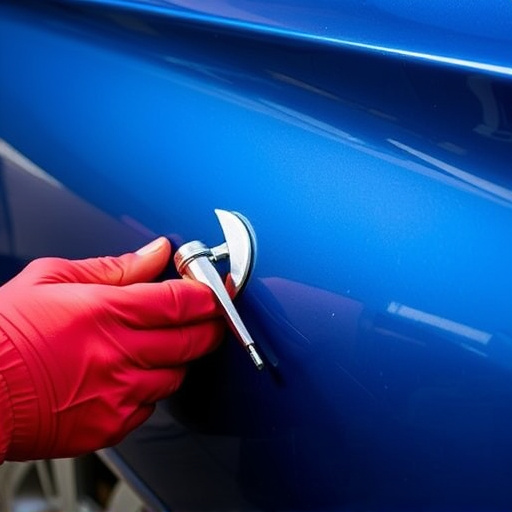
The Tesla Body Computer Reset is a process that allows owners to troubleshoot and resolve issues related to their vehicle’s complex computer systems. It involves a series of steps designed to clear temporary glitches and reset the onboard computers, returning them to their optimal performance. This procedure is particularly useful for addressing problems with the car’s sensors, navigation system, or other advanced features. By performing a Tesla body computer reset, owners can potentially fix issues that may mimic mechanical problems, when in fact they are caused by software conflicts.
Understanding this process is crucial for any Tesla owner, as it empowers them to take proactive measures. It’s akin to an automotive restoration, where identifying and rectifying the root cause is key. Unlike a Mercedes Benz repair, which might involve extensive frame straightening, resetting the body computer is a more targeted approach. This simple yet effective technique can save time and money by preventing unnecessary maintenance or costly repairs.
Identifying Glovebox and Trunk Malfunction Causes

When a Tesla experiences glovebox or trunk malfunctions, it’s crucial to investigate potential causes that extend beyond superficial issues. Many times, these problems are linked to disruptions in the car’s intricate system—a network that includes the Tesla body computer. A simple Tesla body computer reset might resolve glitches, but deeper issues could stem from events like a fender bender or frame straightening during previous car damage repair processes.
Examining the history of the vehicle is key. A past collision or improper repairs could have set off a chain reaction, causing sensors and modules within the trunk and glovebox compartments to malfunction. These components are tightly integrated with the Tesla body computer, so any misalignment or damage from car damage repair can trigger unexpected behavior. Understanding these underlying causes is essential for effective troubleshooting and long-term prevention.
Troubleshooting and Resolving Common Issues
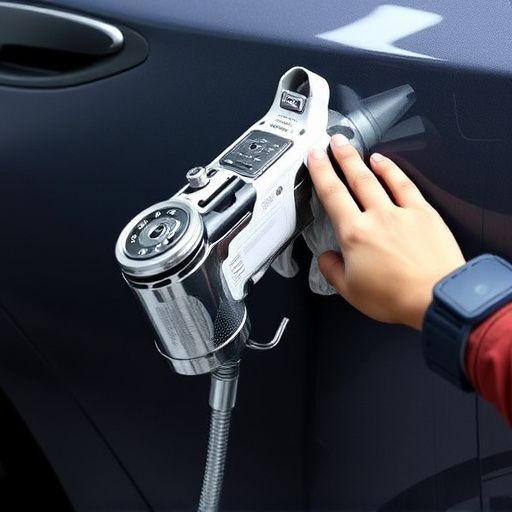
When it comes to troubleshooting Tesla body computer reset and glovebox or trunk malfunctions, a systematic approach is key. Start by checking for any loose connections within the affected areas, as even a minor issue can cause significant problems. Use a voltmeter to verify power supply and ensure signals are consistent with the vehicle’s specifications.
For glovebox and trunk issues, consider common causes like faulty switches or sensors. A simple scratch repair might be all that’s needed if damage is minimal. In more complex cases, consulting a professional body shop service could be beneficial. Remember, timely intervention can prevent further complications, so don’t hesitate to seek expert assistance for car repair services when necessary.
In conclusion, effectively navigating and troubleshooting Tesla body computer resets, along with understanding the root causes of glovebox and trunk malfunctions, empowers owners to swiftly resolve issues. By following the detailed steps outlined in this article—from comprehending the reset process to identifying specific malfunction triggers—owners can independently address common problems, enhancing their vehicle’s reliability and performance. For rare cases requiring professional assistance, these insights serve as a valuable guide for effective communication with service centers.


